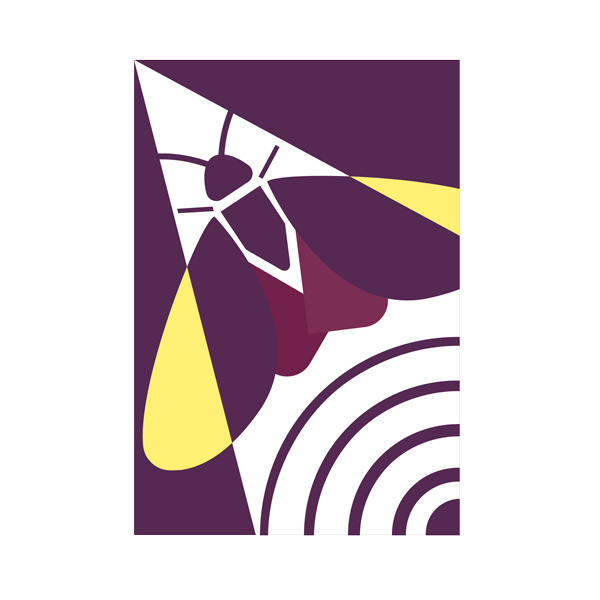This new report from the International Union for Conservation of Nature (IUCN) is intended for an audience of conservation managers and the general public. It explains light pollution, why it matters and how to reduce it. While centred on nature protection, it also addresses the importance of abating light pollution for cultural and traditional heritage conservation, wilderness enjoyment, security, energy conservation, human health, astronomy and the enjoyment of a natural night sky, from seeing galaxies and stars to planets, comets, meteors and aurorae.
The World at Night report (TWAN) explains how improperly shielded outdoor light at night reflects from atmospheric particles, even moisture, and creates a haze of light that prevents us from seeing stars that would be visible through a clear sky. Much outdoor lighting goes directly to space and is wasted. Light trespass into residences leads to sleep disturbance and contributes to several human health issues. Direct glare from poorly shielded lights compromises security by reducing our ability to see into shadows. Excess lighting interferes with predator-prey relationships and the seasonal and daily rhythms of many plants and animals. Bright lights confuse migrating birds and contribute to deadly bird impacts on buildings.

This report summarizes lessons learned from dark sky places. Dark sky guidelines are suggested for conservation management in urban, natural or heritage areas. Options are offered for park interpretation, school events, public engagement, community outreach and media contact. Examples of national, regional and municipal light pollution laws and policies are described. Recommendations for different situations are given for spectrum, illumination levels and appropriate fixtures.
Several organizations certify places with appropriate outdoor lighting policies and practices that minimize sky glow, that are compatible with nature conservation, and that offer interpretation and outreach programmes to residents and visitors alike. As of November 2024 there are 391 dark sky places in 38 countries, from strictly protected areas to astronomical research sites, from biosphere reserves to towns and villages. Fifteen examples are described.
As the world urbanises and more communities gain access to electrical grids, there is an ever-growing amount of light pollution on Earth, a trend exacerbated by the onset of ultra-efficient LED lighting, making it easy to provide far more light than is needed. This report encourages architects, planners and environmental and building managers to abate light pollution, and helps concerned citizens spread the word about light pollution. Everyone has the right to enjoy an unpolluted night sky and the natural world that goes with it.
The IUCN has twice recognized the significance of light pollution at its World Conservation Congresses. As well, in 2007 the United Nations Educational, Scientific and Cultural Organization (UNESCO), the International Astronomical Union, the Council of Europe, the Secretariat of the Convention on Biological Diversity and other international organizations together issued a Declaration in Defence of the Night Sky and the Right to Starlight.
Resources such as TWAN and communications from PLAN-B to general audiences and policy makers will help to extend the call for light pollution abatement beyond converted audiences.

